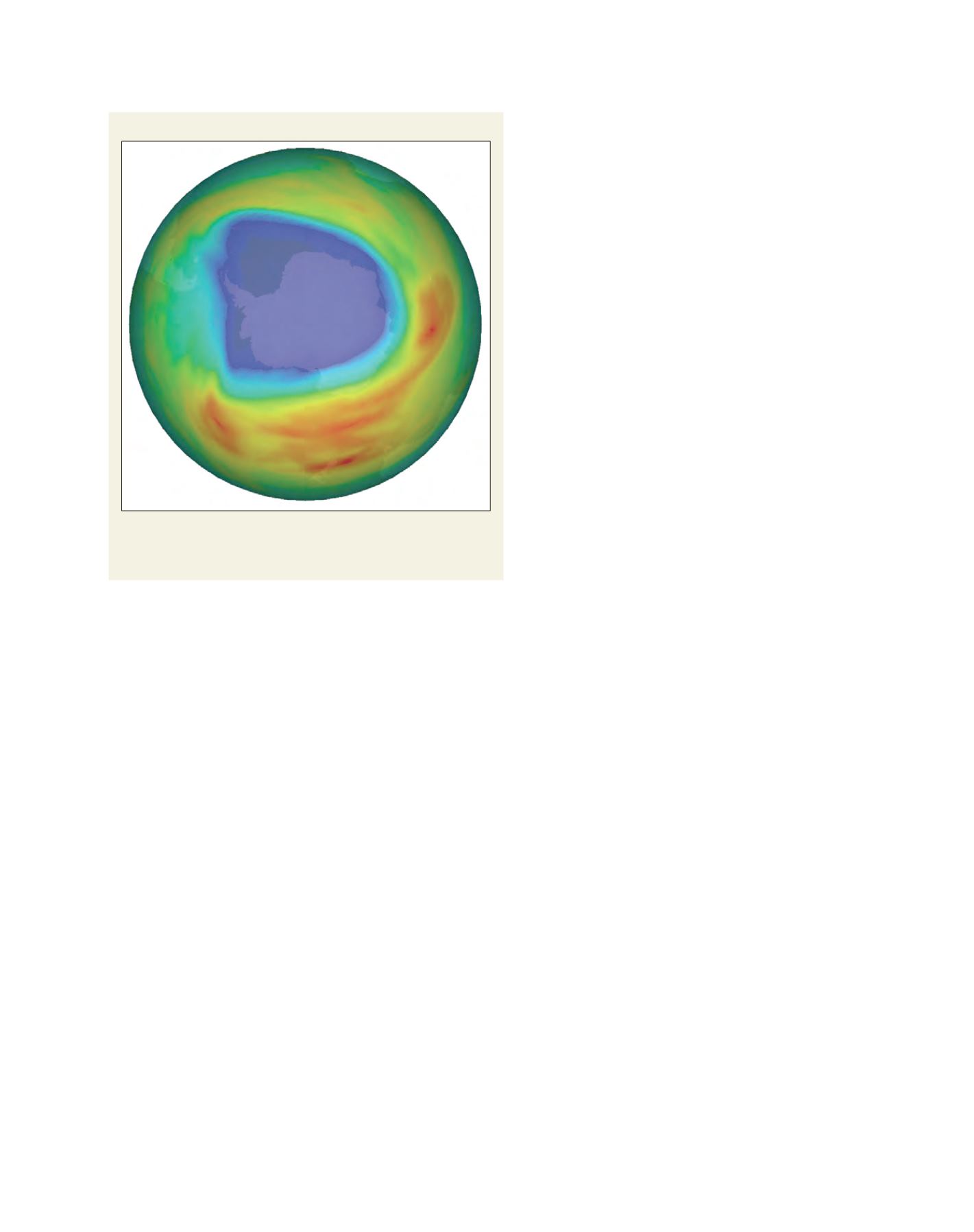

[
] 116
O
bserving
, P
redicting
and
P
rojecting
C
limate
C
onditions
tation plan. ESA’s response took the form of a proposal for a new
programme, referred to as the ESA Climate Change Initiative, which
aims to: “Systematically generate, preserve and give access to long-
term data sets of the ECVs required to meet the needs of the parties to
the UNFCCC”. The programme was submitted to the ESA Ministerial
Council in November 2008 and accepted by ESA Member States with
a level of funding equalling EUR75 million over six years.
The programme also provided ESA with a unique opportunity
to capitalize on the huge European investment in the space sector
that has taken place over the last thirty years, and in particular
to realize the full potential of the long-term Earth observation
archives established in Europe. For example, the 15-year homo-
geneous record of high precision altimetric data from ERS,
Envisat, TOPEX/Poseidon and Jason-1 established by ESA and the
European member states provides a significant contribution to the
ECV oceanic record. Such high-quality data records have radically
transformed our view of the ocean, not only providing consider-
able insight into new and often unexpected oceanic processes, but
also by revealing the global rise of sea-level within the astonishing
accuracy of a few millimetres.
Likewise, rapid changes have been observed in the cryosphere – the
Earth’s ice and snowmasses. This comprises not only the Arctic sea ice
– which is dramatically shrinking, as observed by the Envisat mission
– but also measurements of the changes in the Greenland glaciers.
Tandem campaigns flown by the ESA flagship missions ERS-2 and
Envisat in 2008 and 2009 collected interferometry data over the Arctic
and Antarctica. They obtained important data including measurements
suggesting that the polar glaciers are moving faster than previously
anticipated. Another topic of importance is the measurement of global
deforestation rates. This supports the implementation of
the UNFCCC/REDD initiative, as such measurements will
be undertaken by the ESA Sentinel-2 mission, which is
currently under development.
The ESA Climate Change Initiative aims to provide
the necessary climate records by ensuring that the full
capital is derived from data obtained from ongoing and
planned missions in Europe. In particular, it is worth
noting that the SMOS mission will provide a significant
contribution to the GCOS implementation plan as it
addresses two of the highest priority ECVs: soil mois-
ture and ocean surface salinity.
Regarding direct activity, the Climate Change
Initiative aims to implement a coherent and continuous
suite of actions encompassing all the steps necessary for
the systematic generation of relevant ECVs, including
recalibration, periodic reprocessing of the long-term
records, algorithm development, product genera-
tion and validation, and quality assessment of climate
records in the context of climate models. The need for
long-term data preservation poses specific challenges.
ESA has already observed an exponential growth of its
EO data archives, with a total of some 3,300 terabytes
of data archived since 1986. It is necessary to constantly
update archiving technology, with ESA still attempting
to address the issue of establishing long-term funding
for this process. ESA plans to make a proposal to its
Member States for long-term archive maintenance at
the 2011 ESA Ministerial Conference.
Another interesting aspect of the Climate Change
Initiative lies in the set-up of a ‘feedback loop’ mechanism,
whereby new user feedback and the latest scientific knowl-
edge can be easily integrated within each re-processing
phase. This ensures regular updating of the climate records
on timescales corresponding to the increasingly urgent
needs of the international climate change community.
The Climate Change Initiative is being implemented by
ESA in partnership with key users (including GCOS and
UNFCCC), space agencies and CEOS, relevant players in
the field of climate change research (including European
Commission and the National Climate Programme) and
monitoring (including WMO, the National Oceanic and
Atmospheric Administration and EUMETSAT), as well
as in full coordination with existing activities, such as
the WMO Space Programme GSICS. A scientific advisory
group, involving world-leading scientists representing
key stakeholder organizations, has also been set up to
provide scientific guidance for the programme.
Through its Earth observation missions – in conjunc-
tionwith the Climate Change Initiative–ESA is developing
quality climate observation systems, providing free access
to the worldwide science community, and working with its
partners to ensure long-term observations of fundamental
climate data records and the resulting ECVs. The particu-
lar value of the Climate Change Initiative is that it enables
timely action from decision makers, as well as providing a
framework that will strengthen the dialogue between Earth
observation data research communities and the climate
science and modelling community.
Ozone hole during 7 October 2008
Ozone hole during 7 October 2008 as measured by the Scanning Imaging
Absorption Spectrometer for Atmospheric Cartography (SCIAMACHY)
atmospheric sensor onboard ESA’s Envisat
Source: ESA
















